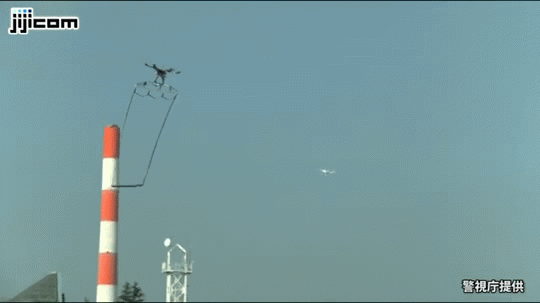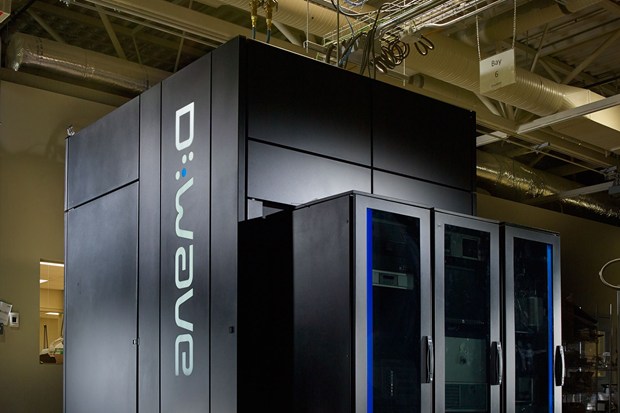New Form of Q-carbon Discovered
Jay Narayan together with his colleagues discovered a new type of solid carbon known as Q-carbon that enables them to create diamond connected structures within room temperature and at ambient atmospheric pressure in the air.
The two solid formulas or phases of carbon are graphite and diamond and this would be a new phase which the researchers believe seems to be harder than diamonds. Narayan who had authored three papers comprising of one in the Journal of Applied Physics on the work with doctoral student AnaghBhaumik, had mentioned in a statement that `they have now created a third solid phase of carbon and the only place it could be found in the natural world would be probably in the core of some planets.Together with being harder than diamonds, Q-carbon seems to be ferromagnetic, which means that it is easily magnetized and tends to glow whenever it is exposed to low levels of energy.
Narayan further adds that the strength of the Q-carbon and low work function, its inclination in releasing electrons, tends to make it very likely in the development of new electronic display technologies. He adds that Q-carbon could be used also in creating various single crystal diamond objects.
Discovery – Synthesis/Processing of Nanodiamond/Microdiamond
The researchers had mentioned in another study on the discovery in the journal APL Materials that `this discovery had opened a new chapter in synthesis and processing of nanodiamond as well as microdiamond for various application which could be ranging from abrasive powders, novel catalytic properties, myriads of biomedical and microelectonic, smart displays and nanoelectronic applications.
In order to come up with Q-carbon, the researchers started with a substrates like sapphire, glass or a plastic polymer and the substrate is later coated with amorphous carbon. This is hit with only a lase pulse which tends to last about 200 nanoseconds. The pulse tends to cause the temperature of the carbon to stretch to 4,000 Kelvin or around 6,740 degrees Fahrenheit and thereafter rapidly cools down. The outcome of the procedure is a film of Q-carbon between 20 nanometers and 500 nanometers thick.
Two Provisional Patents Filed – Q-carbon/Diamond Creation Techniques
The cooling rate can be handled by utilising various substrates and altering the duration of the laser pulse. On changing the rate of cooling they are capable of creating diamond structures within Q-carbon. Narayan had stated that `these diamond objects tend to have a single crystalline structure which makes them stronger than polycrystalline material which is all done at room temperature and at ambient atmosphere.
So not only does this enable them to develop new applications but the procedure tends to be comparatively economical. However, the researchers agreed that there seems to be plenty of queries with regard to Q-carbon, adding that they were still in the early stage of comprehending how to handle it.
He had commented that they know a lot about diamond and can make diamond nanodots but they do not know yet how to make Q-carbon nanodots or microneedles and that is something which they are working on. Two provisional patents on the Q-carbon and diamond creation techniques have been filed by North Carolina State.








